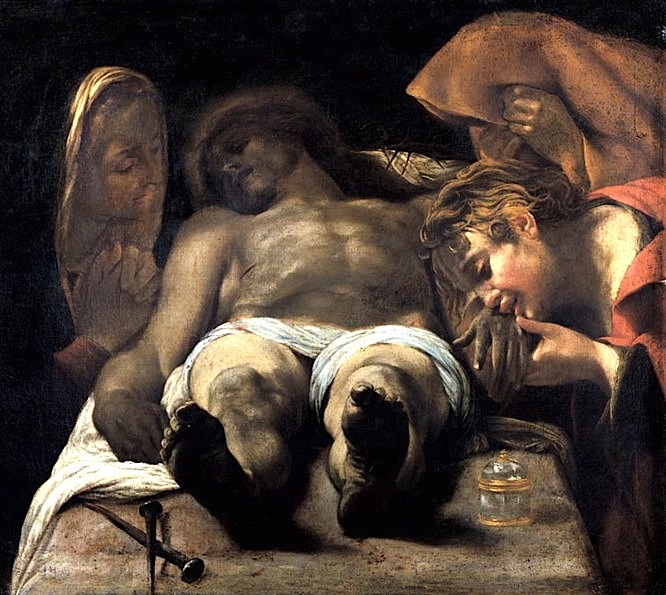Tastes change. “The greater part of the sculptures of the Vatican are dead,” wrote Sacheverell Sitwell in the 1930s. Grand Tourists had once gasped at those sculpted nymphs, gods and emperors. They had sought to procure similar examples for the gardens and galleries of their country seats. How could it be, then, that they stirred so little response in the shingle-headed, Oxford-bagged swells of his own generation? But no. They were dead. “Dead, and it is impossible to see how they can ever come to life again.”

Something similar has happened now with High Baroque painting. “Caravaggio to Canaletto” is a great sweep of an exhibition just closed at the Museum of Fine Arts in Budapest. The title was artfully chosen because it names two artists in whom the public has a great deal of interest. And, unsurprisingly, the early rooms (with the nine Caravaggios on loan) and the last room (with the Canalettos) were full. Between the two, great halls were filled with works by scores of other artists, among them Guido Reni, Mattia Preti, Guercino, Carracci, Crespi. But the crowds were much thinner. Just imagine! Guido Reni was once, in the 19th century, one of the reasons why people went to Italy. “Second to nought observable in Rome” is how Browning described Reni’s Crucifixion above the high altar of San Lorenzo in Lucina. Nowadays I doubt many visitors notice that it’s there. It surely doesn’t make it into the Dorling Kindersley Top 10. Shelley was much struck by Guido Reni’s Beatrice Cenci and wrote his first play about the girl’s wretched fate. We’ve lost interest in Guido Reni now. But why does this happen?
The Romantic era, when Shelley was writing, was an age of great ‘sensibility’. Grown men did not think it ninnyish to write about daffodils. The Victorian era that followed was sentimental. A novelist could base his greatness on the creation of a character like Little Nell.
But these things all had their root in the Baroque.
Examine the painting at the top of this post. Mantegna’s Lamentation over the Dead Christ of c. 1480. In it, we see a dead body, presented without fuss (but with extraordinary technique), with Mary Magdalene’s little jar of embalming oil tucked away at the back and the only emotion coming from the half-shown faces of the three anguished mourners. The spice jar is not just some random touch. It is there to show that the mourners had no idea that Jesus’ body would not decay. They fully believed that they needed to embalm it. This was the end of his life. Their grief is sincere and comfortless and ugly.
Mantegna was a master and his influence on succeeding generations of painters was great. But the two imitators whose works are shown below imitate only the component parts of the scene. They fail utterly to capture its sober and honest spirit. Why? Because their canvases are soaked with stoked up emotion and become pieces of propaganda as a result.

The first one is by a very accomplished artist: Annibale Carracci. It was painted about a century later than the Mantegna. There are no mourners. The focus is on the gory result of a gruesome execution. The nails and crown of thorns are placed beside the corpse, the body itself is liberally spattered with blood. It is very Counter Reformation. The aim is to ramp up the horror, to appeal to people’s guts rather than their brains, to win them to faith through sensation.

The other version (Orazio Borgianni, 1615) is twee. The oil jar has come to the foreground as a show-off example of how well the artist can render glass. Carracci’s nails are retained. But those are not its main faults. The problem is with the mourners. No longer do they keep a respectful distance, half out of the frame, but they clutch intemperately at the body, lean right over it, giving self-indulgent vent to their tears. Emoting. Inviting us all to have a mass cry-in. They are also young and beautiful. A lovely young woman or beauteous boy will pluck at the heart strings much more effectively than a haggard crone. Anyone in the promo business knows that.
Neither Caravaggio nor Canaletto puts this kind of “spin” on their subjects. That is why we like them. I think we are ready to go back to the Vatican sculptures. Cold stone which lets us draw our own conclusions. The High Baroque is too manipulative—and we see enough advertising in our daily lives. Let art be something nobler.








